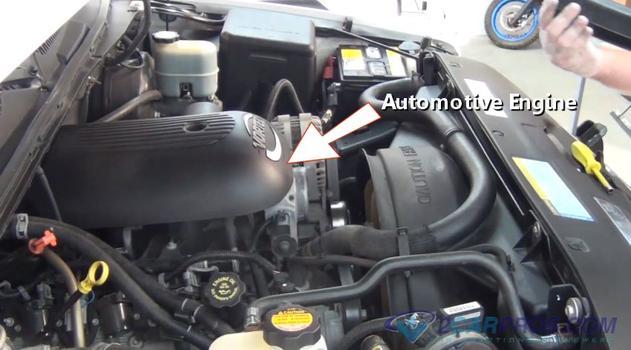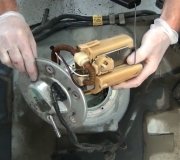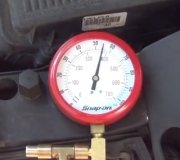My thought is it's worth a try before you go digging deeper. If varnish has built up on the tip, it might not be sealing properly. As a very high-level Carquest trainer puts it, Chrysler has almost no trouble with injectors while GM has all kinds of problems. Chrysler uses Bosch injectors which are carefully flow-matched for even fuel distribution. The four, six, or eight injectors arrive at the assembly plant as a matched set. GM pulls a bunch of injectors out of a box and throws them in an engine. While every one is good, they flow different rates so some cylinders always run a little lean and some always run a little rich. There is a company in Indianapolis that rebuilds injectors and flow-matches them. GM products are their biggest sellers. A very common comment is the engine runs smoother with their rebuilt injectors than it did when it was new.
Anyhow, getting back to your issue, I have had the same problem with my '88 Grand Caravan for about eight years. Start and stall, restart and it runs fine. When warm and it has been sitting for more than 15 minutes, there is an extended crank time of three to five seconds. I've never put a pressure gauge on it to watch what is happening because it hasn't given me any other problems since new. The potential leaking pressure regulator is also not at all common on Chrysler products but on GM vehicles, it is common for them to leak fuel into the vacuum line and into the engine. I only had one leaking regulator in ten years of working at the dealership, and that was actually a cut o-ring on a brand new car, not a defective regulator. That extended crank was much worse though. It took up to 20 seconds before the engine would start. The pressure bled of instantly when the engine was stopped, but otherwise it still ran fine. A leaky injector may take hours to bleed the system pressure down. Normally it should hold pressure for weeks without bleeding down.
One thing you might look at and consider is if you have access to a fuel pressure gauge capable of at least 50 psi and your truck uses soft rubber fuel hoses between the frame and engine, you can use hose pinch-off pliers to block fuel flow through them while monitoring pressure when the engine is off. Pinch-off pliers are made of plastic. The blades are sharp enough to squeeze the hose closed but not sharp enough to cut the rubber. If you squeeze the larger diameter supply hose and the pressure does not drop, the check valve in the pump is leaking. That's not common. If you squeeze the smaller return hose from the regulator and the pressure holds, suspect the regulator or more likely, the o-ring around its tip. That is more likely to be a problem caused by a mishap during installation, not something that happens on its own. If the pressure still drops while the hoses are pinched off, that just leaves an injector as the culprit.
Caradiodoc
Wednesday, June 9th, 2010 AT 9:29 PM



